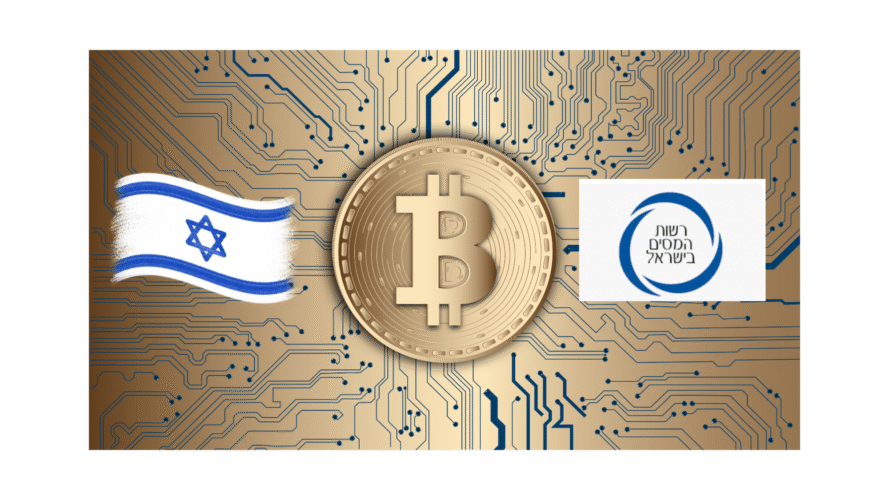A friend recently contacted me in a state of panic following a hack into his crypto account. He wanted to know if I can help following my recent role in Crypto Investigations but until I could get my hands on a tool all I could do at the time was help him follow the trail of crypto address from the point of the hack to a potential cash out wallet . When I arrived at what looked like a service hosted address to a centralized exchange, I advised him to report to the police .
After getting my hands on a tool, I saw the address was what I call a “hot wallet” which is the main address used by a mandatory KYC exchange. You can tell by how many deposits or withdraws occur on a daily or monthly basis. Their support team was apparently very obliging , but without a subpoena, they had their hands tied.
My friend is still out 13 k and is struggling to understand how the system let him down so badly. They may have even penetrated his Google account to get all the vital statistics in prep for the heist.
This all leads me to “age old” question (Has crypto really been around that long to warrant such an epithet?) of the safety of putting ones precious little crypto nest into the hands of centralized exchange hosted wallets. Wouldn’t it be safer to move it all over to your cold storage ?
When I asked my friend why he didn’t do this, he said that the fees of transferring the account just aint worth it. It begs the question: Why?
The fees for transferring Bitcoin, or any old crypto asset from a custodial exchange wallet (e.g., Coinbase, Binance, Kraken) to a non-custodial wallet like a Trezor hardware wallet will depend on the certain factors but the main two are Transaction Fees and Exchange Withdrawal fees. These are charged to keep the blockchain networks running and as well to incentivize the people providing transaction validation services.
Transaction Fees (Network Fee)
This is the fee paid to Bitcoin miners for processing and confirming your transaction on the blockchain. They are set by either the user on a priority basis, or the exchange. The amount depends on network congestion and the size of the transaction (in bytes).
On average, these fees can range between around USD $1 to $10 during normal network conditions. If the network is congested (high demand), fees can spike significantly, sometimes exceeding $20-$30. This can make it mighty expensive to move it over multiple times a week, after a hard days trading.
Exchange Withdrawal Fees:
This is an additional fee charged by the exchange for facilitating the transfer. It varies by each exchange. For example: Some exchanges typically charge a fixed fee (e.g., 0.0002 BTC for Bitcoin withdrawals) whilst others do not have a fixed fee but pass on the network fee directly. It is always advisable to check the exchange’s withdrawal fee policy for exact amounts.
So how does one minimize fees? Here are some tips:
- Transfer during low congestion periods: Use fee tracking tools (e.g., mempool.space) to identify when network fees are low.
- Batch or consolidate transactions: Avoid small, frequent transfers to save on fees.
- Check exchange policies: Some exchanges have lower fees than others.
One has to decide seriously these days if it’s more profitable to keep the account full in your exchange controlled wallet versus moving it over to the safe hands of your cold storage wallet. But for safety, there is no other alternative for mind.
The question is what would you prefer? Losing a bit of profit versus keeping that little nest safe and sound from the prying eyes of nasty hackers. It’s a free world and the choice is yours, but if I had an account over 10k, I know what I would do. My Mother always used to say, better be safe than sorry.


